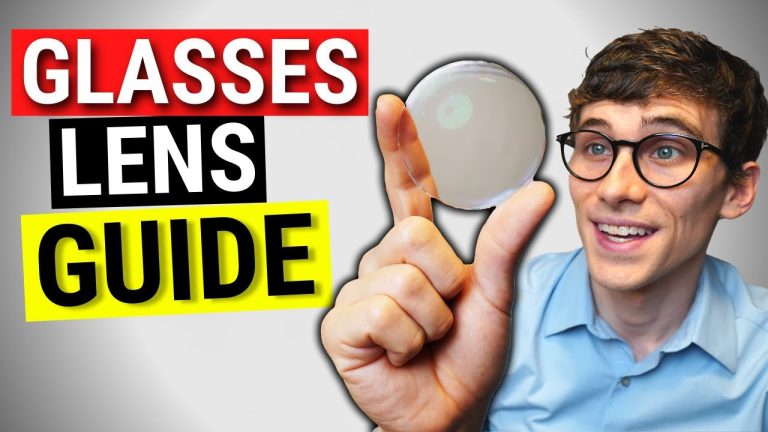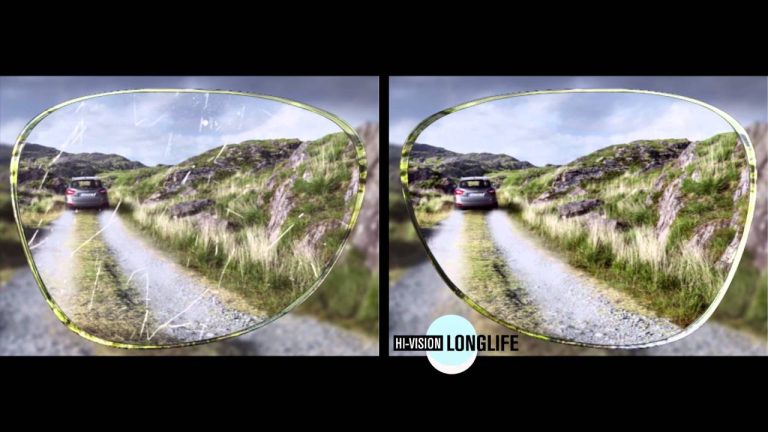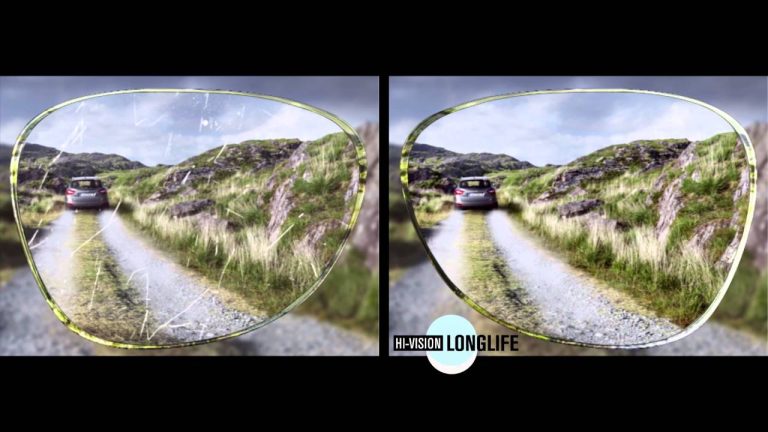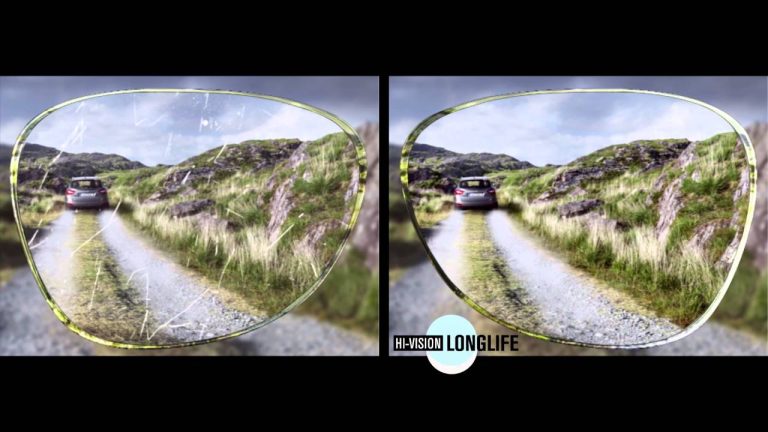How to Choose the Right Lens Material for Prescription Safety Glasses with Light-Adjusting Polarized Lenses
Introduction
When it comes to choosing the right lens material for your prescription safety glasses, there are a number of factors to consider. The material, thickness, and coatings all play a role in the overall durability, comfort, and quality of your safety glasses. In this article, we’ll focus on choosing the right lens material for safety glasses with light-adjusting polarized lenses.
What are Light-Adjusting Polarized Lenses?
Light-adjusting polarized lenses are designed to automatically adjust to changing light conditions, providing you with clear vision in any situation. These lenses darken when exposed to sunlight and lighten when indoors or in low-light conditions. Plus, they are polarized, meaning they reduce glare and improve visibility in bright light conditions.
Choosing the Right Lens Material
When it comes to safety glasses with light-adjusting polarized lenses, there are several lens material options to choose from:
- Polycarbonate: Polycarbonate is a popular choice for safety glasses due to its high impact resistance and lightweight nature. It also offers natural UV protection, making it a good choice for outdoor use.
- Trivex: Trivex is similar to polycarbonate in terms of impact resistance and UV protection. However, it offers better clarity and is less likely to distort your vision.
- High-Index Plastic: High-index plastic lenses are thinner and lighter than polycarbonate or trivex lenses. They offer excellent optical clarity and are a good choice if you have a high prescription.
Consider Your Work Environment
When choosing the right lens material for your safety glasses, you should also consider your work environment. If you work in construction or other high-impact environments, polycarbonate or trivex lenses may be your best bet. If you work primarily indoors or in low-light conditions, high-index plastic lenses may be a good choice.
Budget Considerations
Finally, you should consider your budget when choosing the right lens material. Polycarbonate and trivex lenses tend to be more affordable than high-index plastic lenses, but they are still a durable and reliable option.
Conclusion
When it comes to choosing the right lens material for your prescription safety glasses with light-adjusting polarized lenses, it’s important to consider your work environment, budget, and the unique benefits of each lens material. With the right lens material and proper care, your safety glasses can provide you with clear vision and long-lasting protection.
Contents
Most wanted in Hoya Vision:
What are prism eyeglass lenses?
Hoya Lens Engravings
What brand lenses does Costco use?
Do tinted glasses help with migraines?
What does +0.25 mean on an eye test?
Hoya Identification Chart
Should eyeglasses cover eyebrows?
Does hyperopia worsen with age?
What LED light is best for broken capillaries?
What is the difference between Ray Ban RB and Rx?
















